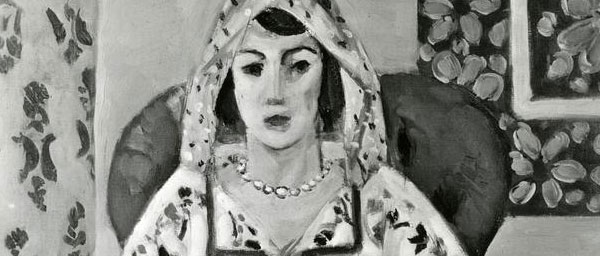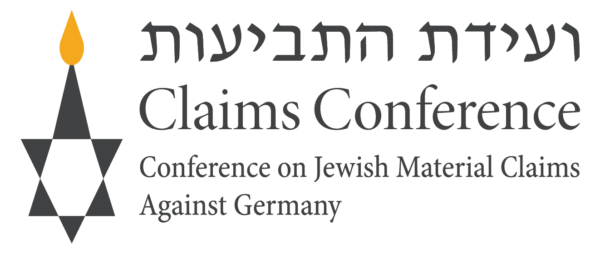Nazi-Looted Art Trove Discovered in Munich Must Be Made Public to Aid Restitution
Claims Conference in the Media | Press Inquiries | Publications | Videos | Updates

Sitting Woman, by Henri Matisse, was among the art works thought lost during WWII but found in the Munich apartment.
Contact information for inquiries about the artworks discovered in Munich
1) The Coordination Office for Lost Art in Magdeburg:
Koordinierungsstelle Magdeburg
Turmschanzenstr. 32
39114 Magdeburg
Germany
Fax: 01149 391 567 3899
2) The Prosecutor’s Office in Augsburg:
Staatsanwaltschaft Augsburg
Herrn Leitenden Oberstaatsanwalt Nemetz
86197 Augsburg
Germany
Fax: 01149 821 3105-1360
3) Any Embassy or Consulate of the Federal Republic of Germany
Nov. 5, 2013 — The 1,400 Nazi-looted paintings discovered in Munich in 2012 by German custom officials, but kept a secret until now, must be returned to heirs as expeditiously as possible, stated the Conference on Jewish Material Claims Against Germany (Claims Conference). The Claims Conference has led the way in advocating for the research and claims processes that families of Holocaust victims need to locate and recover looted art. The first – and essential – step in this process is immediately publicizing information about the collection so that families may determine if the discovered paintings include their lost and stolen artwork.
In an unprecedented initiative in the area of art restitution, the Claims Conference developed and maintains a searchable database of original Nazi records and photographs of the looting of more than 20,000 art items from Jews in France and Belgium. The database, at www.errproject.org/jeudepaume, in all likelihood includes information about some of the paintings recently discovered in Munich and must be consulted in order to determine rightful ownership.
The information in the database, based on art that the Nazis stored temporarily at the Jeu de Paume in Paris, is searchable by item, artist, owner and whether items have been returned. Jewish dealer Paul Rosenberg – the owner of at least one painting found in the Munich collection — possessed a large collection of items that the Nazis amassed at the Jeu de Paume. Nazi leader Hermann Goering personally appointed a number of dealers to sell off Rosenberg’s collection, including Hildebrandt Gurlitt, whose son Cornelius was hiding the 1,400 artworks found in 2012.
At the Washington Conference on Holocaust-Era Assets in 1998, 44 governments endorsed a set of principles for dealing with Nazi era looted art. The principles stated, “Every effort should be made to publicize art that is found to have been confiscated by the Nazis and not subsequently restituted in order to locate its pre-War owners or their heirs.” This collection was discovered in 2012, but its existence has remained undisclosed since then, denying former owners and heirs knowledge they could use to rightfully claim their families’ artworks.
Any of the recently discovered paintings for which heirs cannot be found must not remain with Cornelius Gurlitt, the son of a Nazi-affiliated art dealer who profited from art confiscated from Holocaust victims or sold under duress. The paintings for which heirs cannot be found should be auctioned, with proceeds from such sales to be used for Holocaust-related purposes, such as assistance for Holocaust survivors and/or Holocaust-related education. Austria has provided a valuable model in this respect. In 1996, the Austrian government turned over unclaimed items discovered a decade earlier to the Austrian Jewish community, which auctioned them for $14.5 million, using the proceeds to aid needy Jewish victims of Nazi persecution.
“Had this discovery been made public at the time it was made, families looking for their lost art would have been able to potentially identify works within this collection. Publicizing the existence of Nazi-looted art is essential to the process of finding heirs. With the time that has been lost, every possible effort must now be made to determine the original owners of these artworks and locate them or their heirs,” said Claims Conference Chairman Julius Berman.

